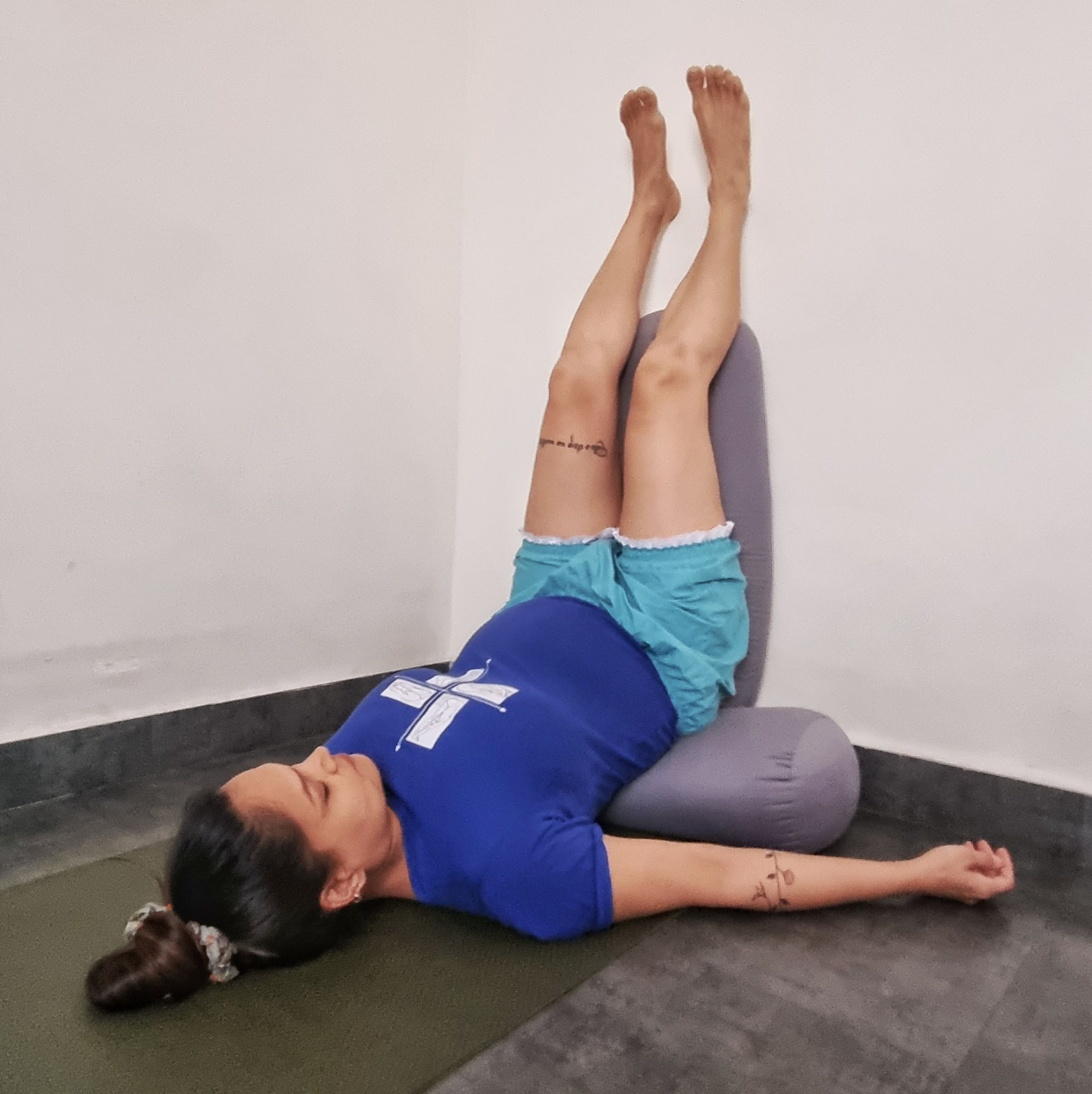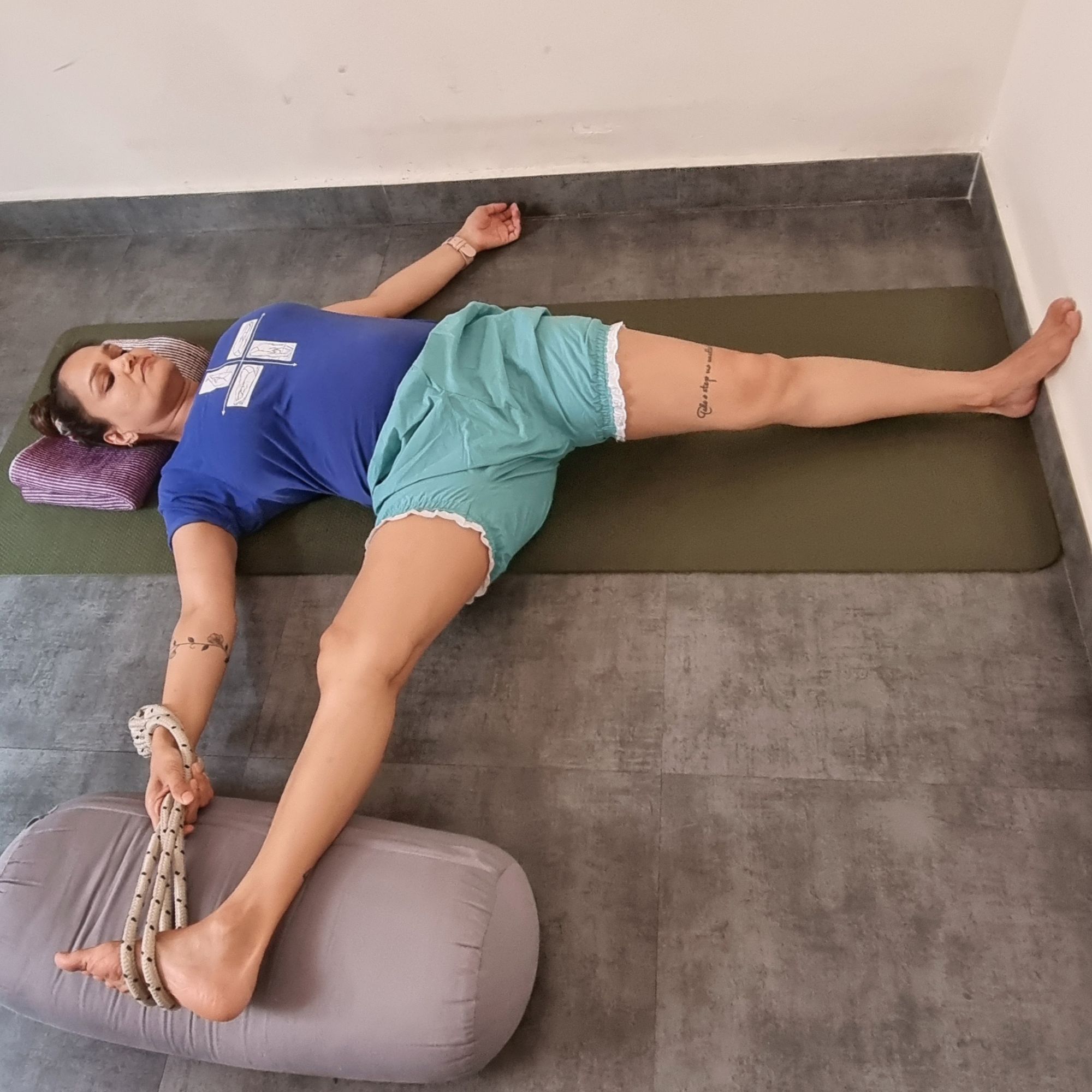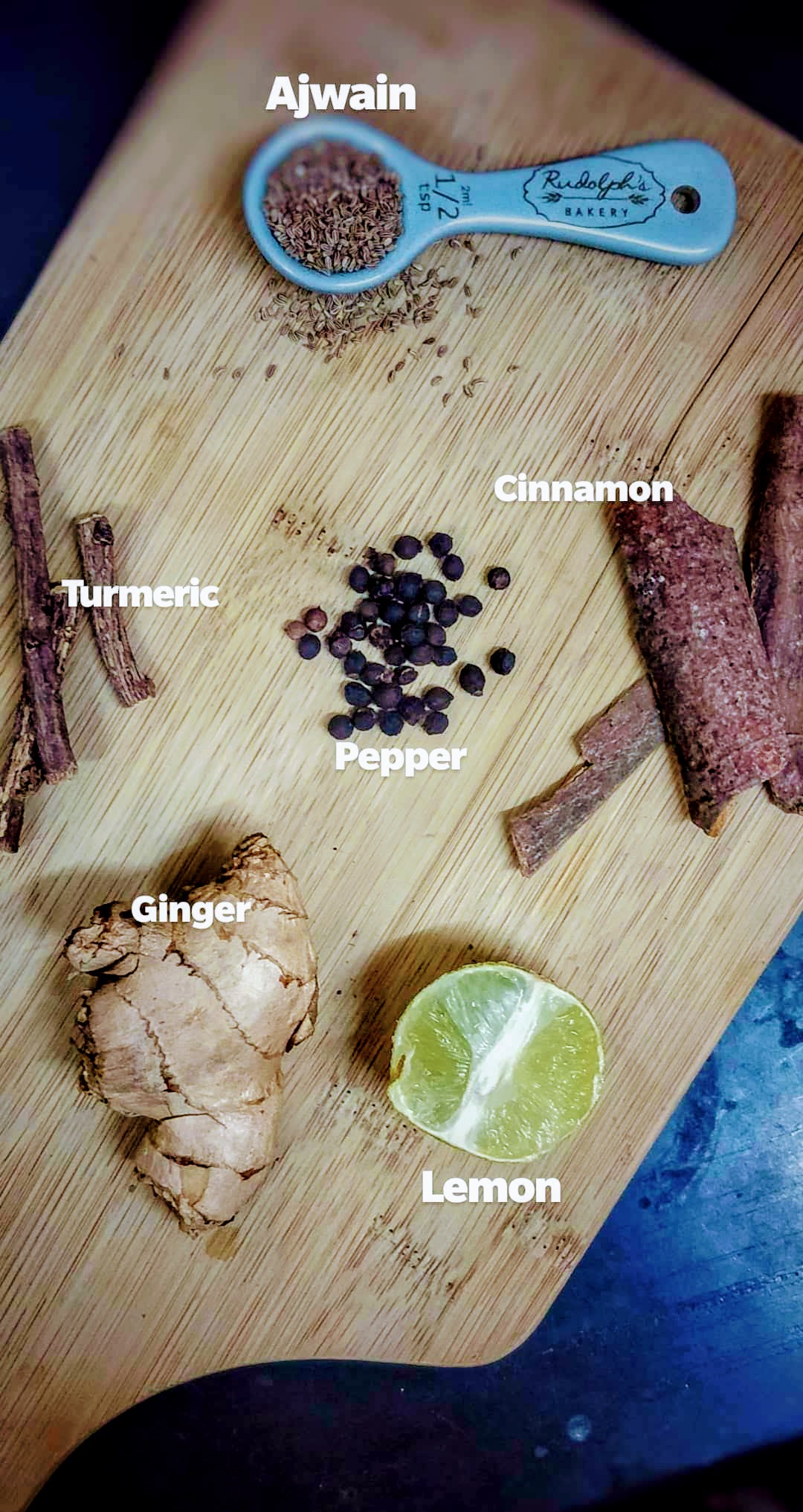As many of you know, I’ve been largely disappointed by the medical fraternity (the allopathic one, that is) for my pregnancy. I speak about my experiences in this video. During my search for a compassionate and credible doctor, I tried “famous” doctors. The strangest doctor was The Doctor Who Ghosted Me.
I feel women should be vocal about their fertility issues because during my journey I found friends, friends of friends and even people on Instagram were more than happy to volunteer information and contacts. Instagram is where I heard about The Doctor Who Ghosted Me – a friend’s friend had shared a ‘he saved my life’ kind of posts and I quickly got in touch to find out more. Feeling a renewed sense of hope, I booked an appointment. It was gratifying to see the crowded waiting room at the hospital. It meant the doctor was in high demand.
The Doctor Who Ghosted Me
He came across as open, friendly and even compassionate, a welcome change from the other doctors I’d met. He was uncharacteristically laid-back about IVF, saying he believes it to be physically, emotionally and financially draining. It was refreshing to meet a doctor who wasn’t aggressively selling IVF, and I appreciated this fresh approach. But when I told him my history of yoga practice, he said he’d heard that yoga helps but since he’s never met anyone it has actually helped, he can’t comment on it. When I told him I’d done a few acupuncture sessions he said acupuncture didn’t work for his debilitating backache.
Before he took out his prescription pad he seemed to think, and looked up once again. “You’re sure you don’t want to try IVF, correct?” he asked. I nodded and said, “Yes.”
He wrote prescription detailing the steps we can take for more clarity on what is happening. “And this is it,” he said. “You don’t have to come in to see me again. Scan your reports and email them to me. I will respond within an hour.” It seemed to good to be true.
The next month I mailed him my report and got prompt replies from him. Things looked good and we would monitor another cycle. Month 2 came around and I emailed him my reports as usual.
“Attached is my scan from today. Apparently there’s a new submucosal fibroid that hadn’t been detected before,” I wrote to him. “Is it something to worry about? What are my next steps?”
“We had planned three cycles right?” he wrote back.
“Yes, I meant does this new finding change how we will proceed. In terms of medication etc.,” I wrote back.
I never heard back from him.
Takeaways
- Someone else’s personal experience doesn’t foreshadow yours. This doctor worked well for the girl who recommended him to me. Since he’s known for hysterectomies, I wasn’t his usual patient profile and therefore not lucrative enough for him. This is a sad but real fact.
- A doctor who makes you feel bad about asking questions, or doesn’t answer your questions is not a good doctor. Not all doctors are created equal and you owe it to yourself to find the best you can.
- From the numerous women I’ve met, I know that most women aren’t doing their research (because of overwhelm, anxiety, feelings of inadequacy and incompetence etc), and this needs to change. As women we need to do our research. Much of what we hear is opinion or myth and the more you research the more you’ll be able to separate myth from fact. I read books and research papers and listened to podcasts about many of the queries I had. This helped to ask the right questions. This also empowered me to gauge whether a doctor would actually work with me or was only interested his/her bottom line.
In retrospect I feel that this doctor was probably uncomfortable with a woman who was was forthright, informed, confident about her decisions and had ownership of her body and mind. Maybe it’s easier for men to ghost such women, than to hold a conversation as equals with them.







